HMDT Blog: ‘When the hills ask for your blood’ book review
'When the hills ask for your blood' by David Belton is a gripping memoir presenting three different stories and perspectives of the Genocide in Rwanda.
Search results for: 'easy read life'
'When the hills ask for your blood' by David Belton is a gripping memoir presenting three different stories and perspectives of the Genocide in Rwanda.
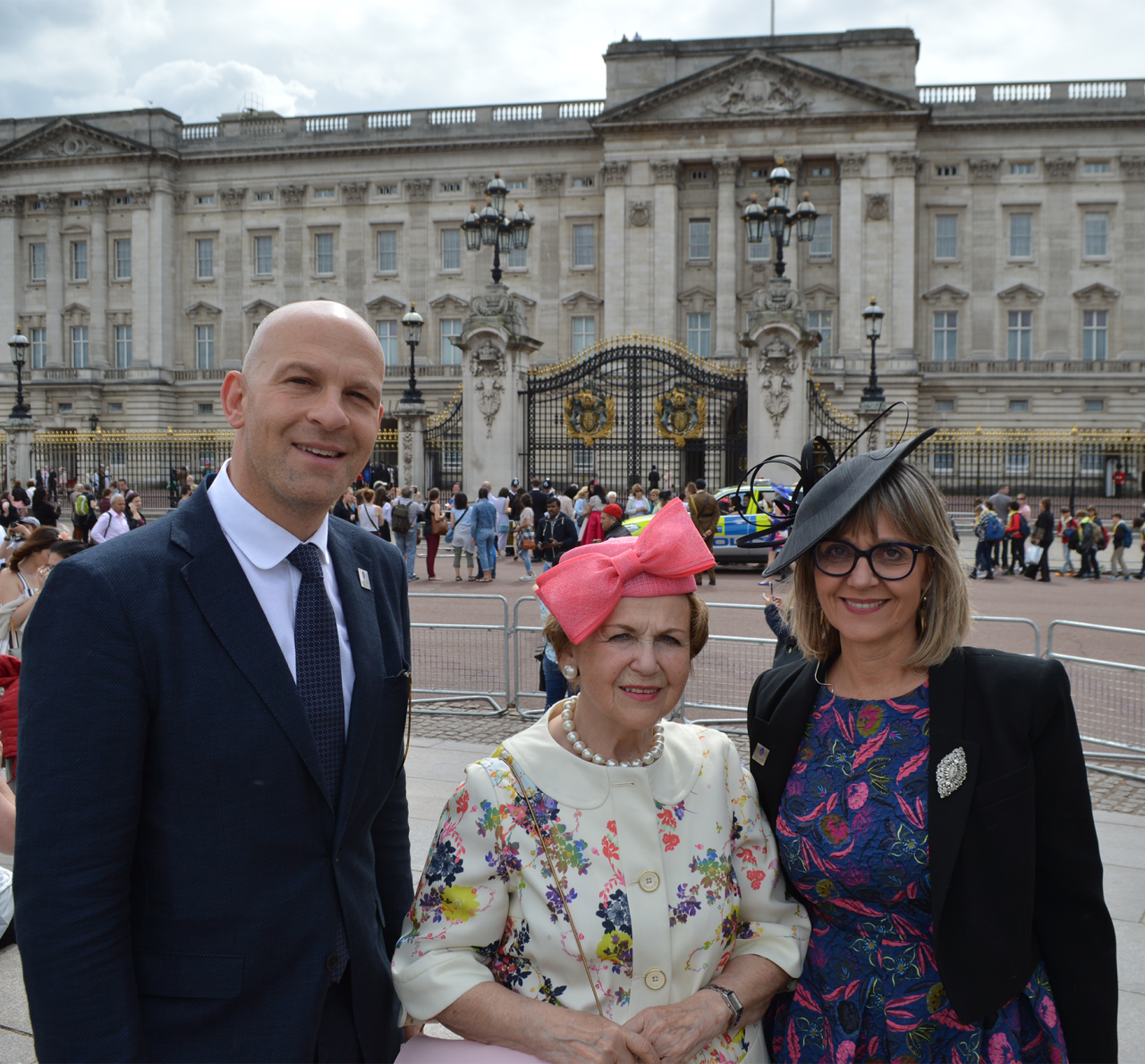
Every year, Her Majesty The Queen holds garden parties in the grounds of Buckingham Palace. Those attending are invited in recognition of their community or public service.
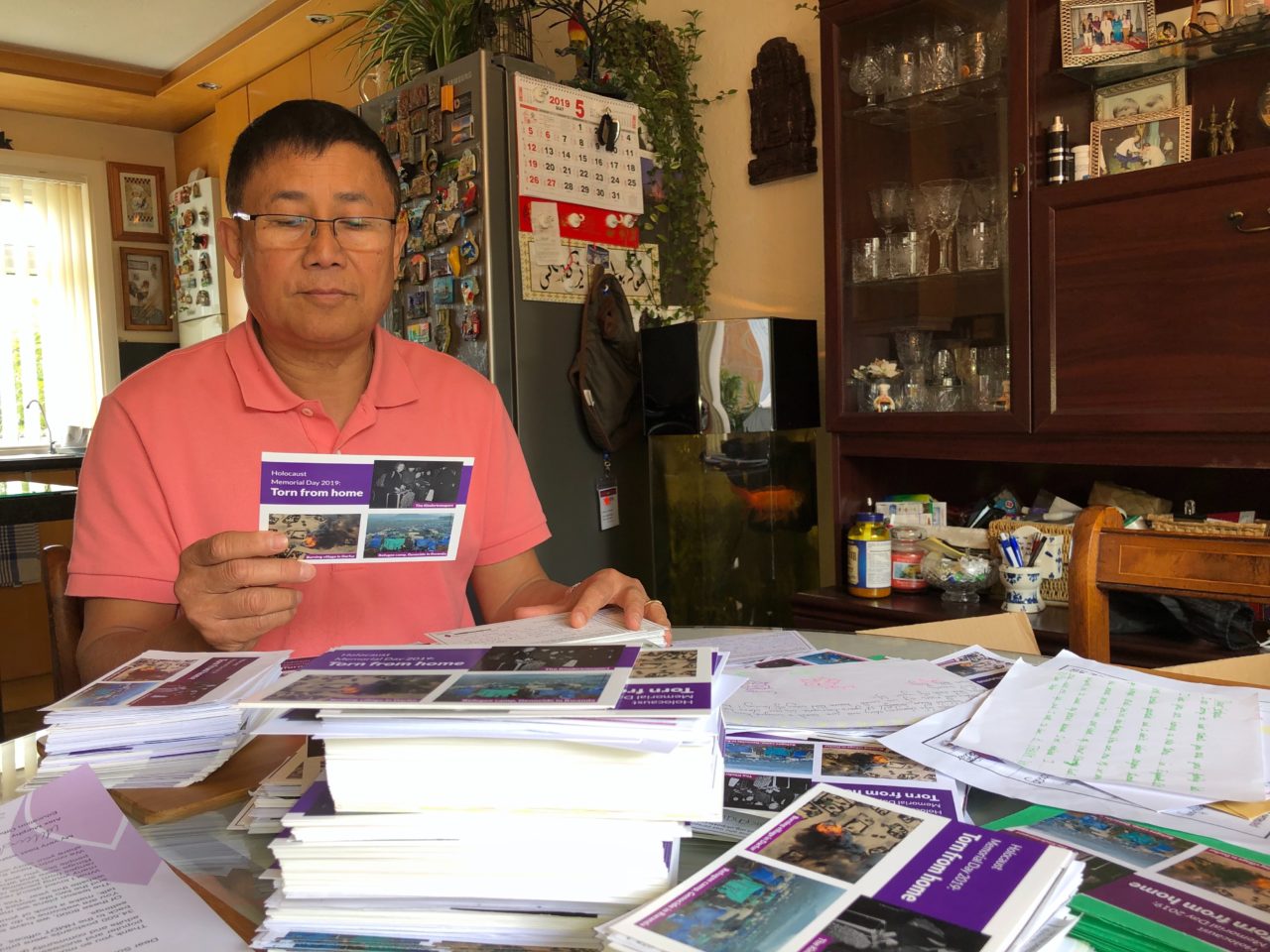
Renee Bornstein, survivor of the Holocaust, and Sokphal Din, survivor of the Genocide in Cambodia, are delighted to have received thousands of messages from people who took part in the Postcard Project for Holocaust Memorial Day (HMD) 2019.
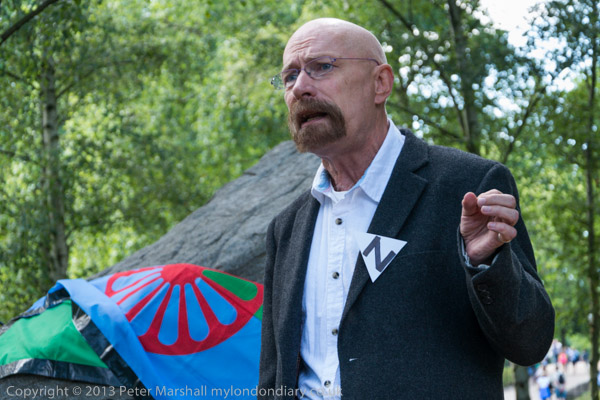
During this year’s Gypsy Roma Traveller History Month, historian Rainer Schulze reminds us of the systematic persecution the Roma and Sinti suffered during the period of Nazi rule in Germany and in Nazi-occupied Europe.
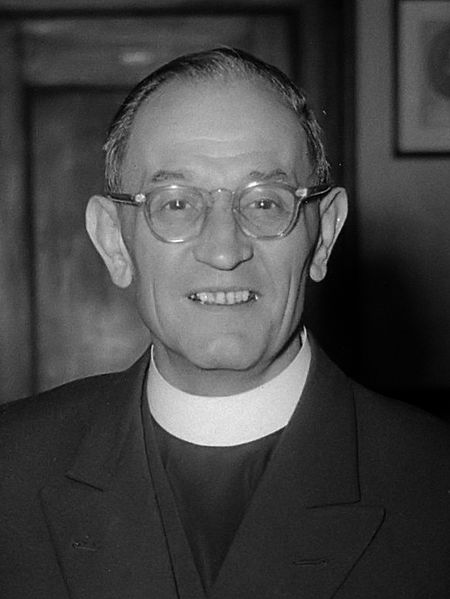
Pastor Martin Niemöller is best known for writing First They Came - one of the most famous poems about the Holocaust - but he is a complicated figure. Initially an antisemitic Nazi supporter, his views changed when he was imprisoned in a concentration camp for speaking out against Nazi control of churches. He later encouraged Germans to take responsibility for Nazi atrocities.
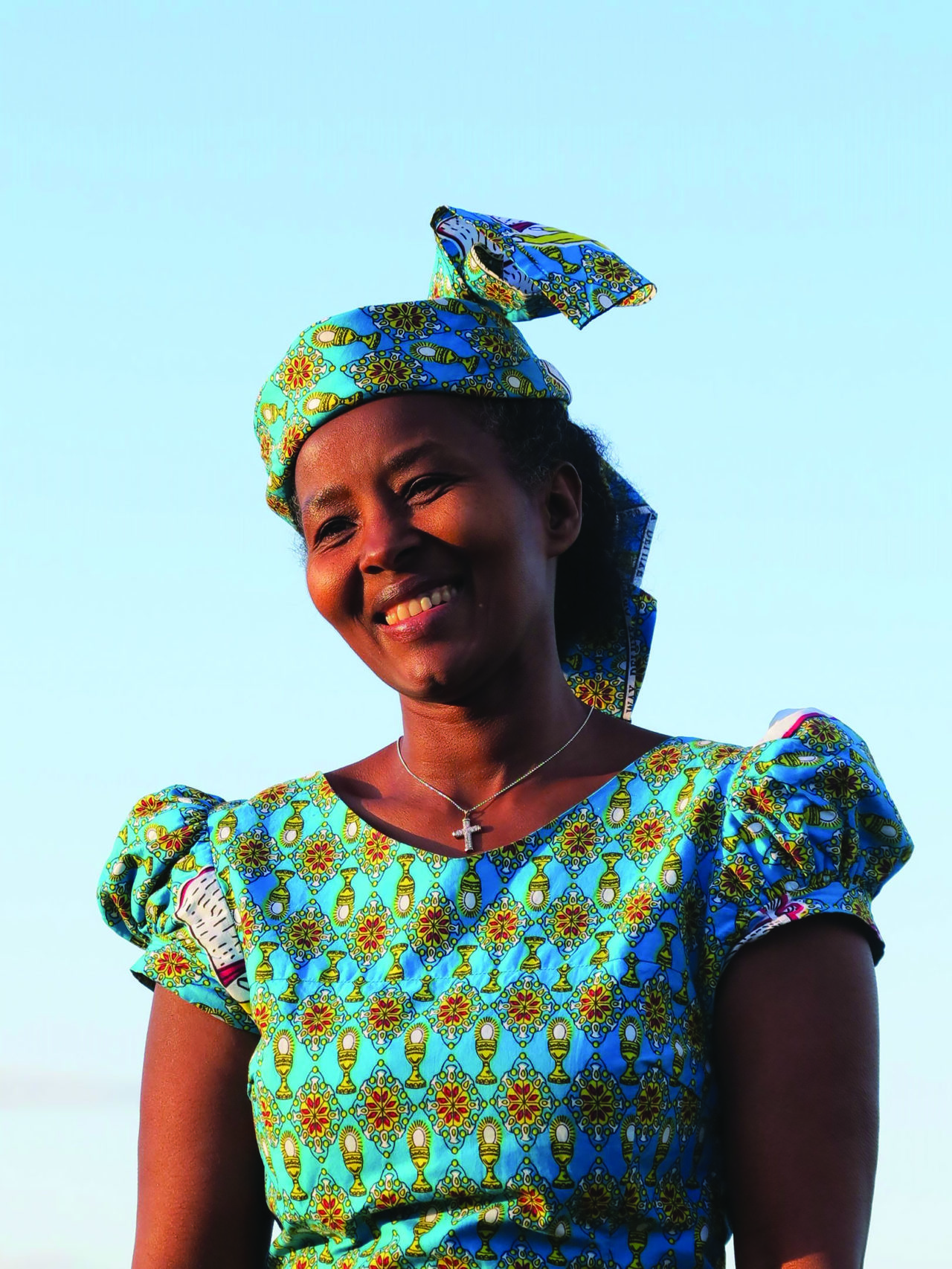
Denise Uwimana lost many of her relatives in the Genocide against the Tutsi in Rwanda. She survived, but faced a difficult journey to forgive her neighbours who had murdered her family and stolen from her home. Hers is an inspiring story of courage, forgiveness and reconciliation.
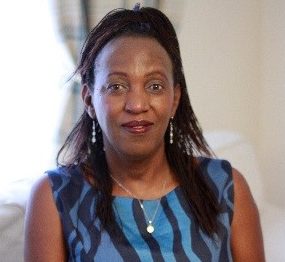
Immaculée Hedden lived and worked in Kigali, the capital of Rwanda, before and during the genocide there. She was protected from danger many times; finding refuge with family, at an orphanage and in the basement of a cathedral in Kigali.
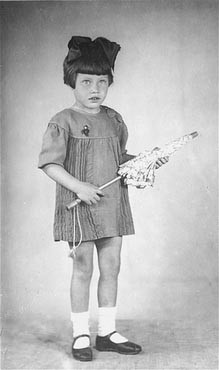
The Babi Yar massacre, starting on 29 September 1941, devastated the Jewish community of Kiev and marked one of the deadliest single operations during the Holocaust.
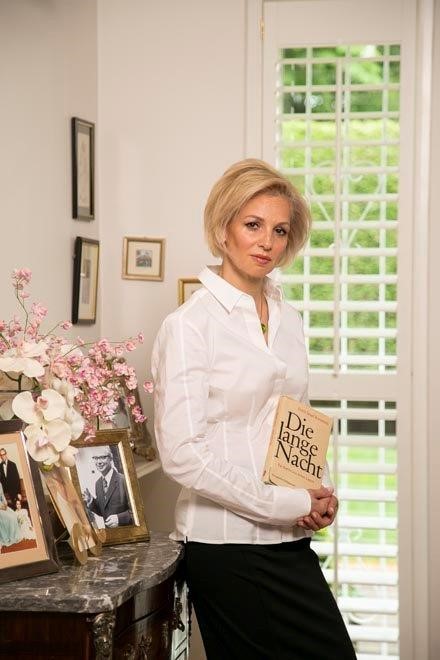
This blog has been written for HMDT by Noemie Bornstein Lopian, daughter of Ernst Bornstein, a survivor of the Holocaust.
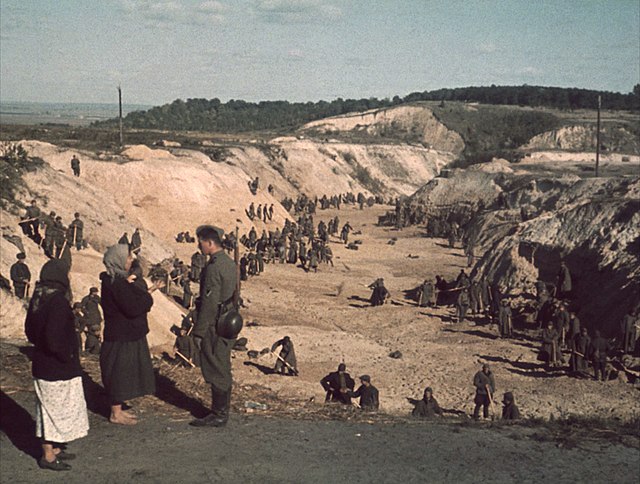
80 years on from the massacre at Babi Yar, our CEO Olivia Marks-Woldman OBE and Holocaust survivor Martin Stern MBE, remember the thousands of men, women and children who were murdered.